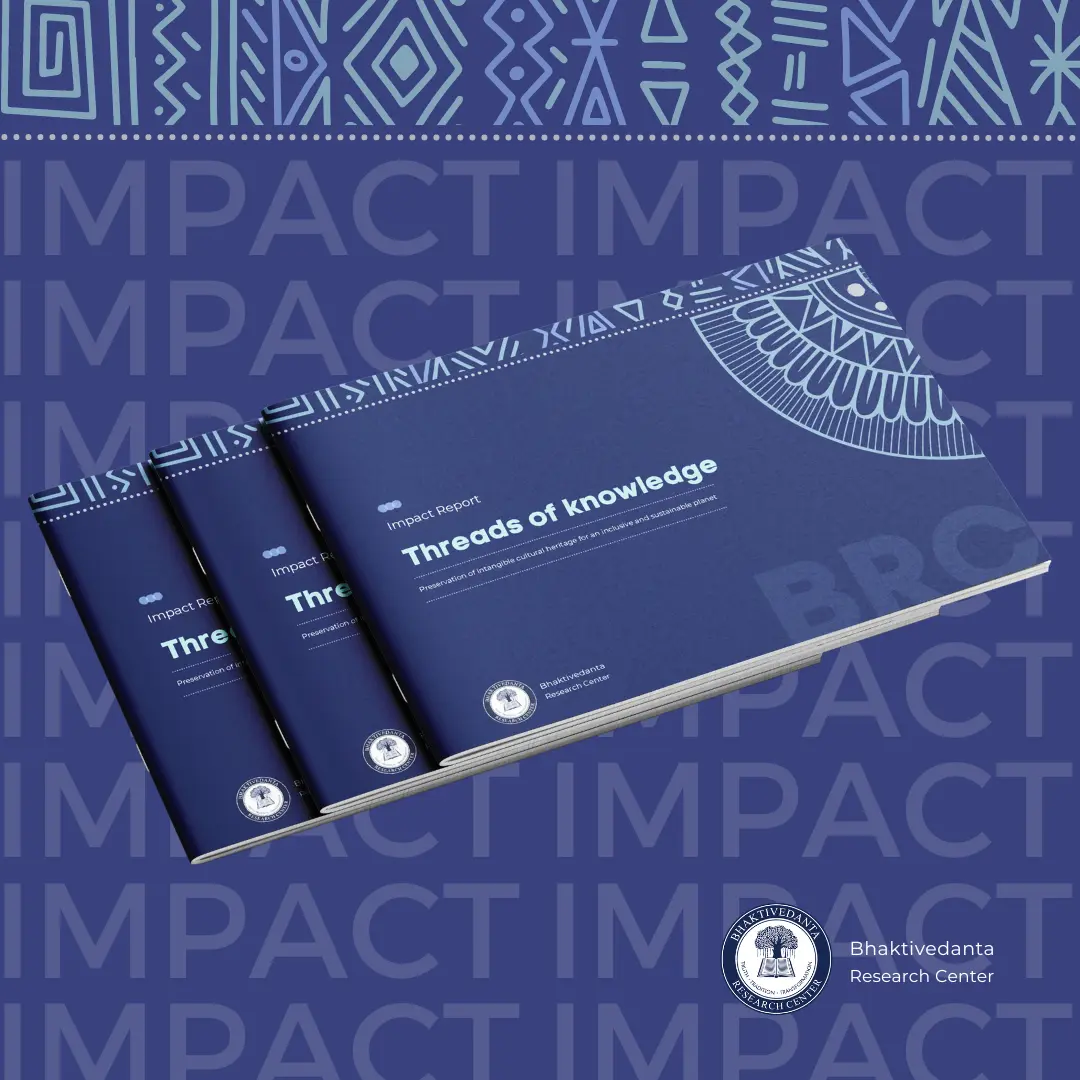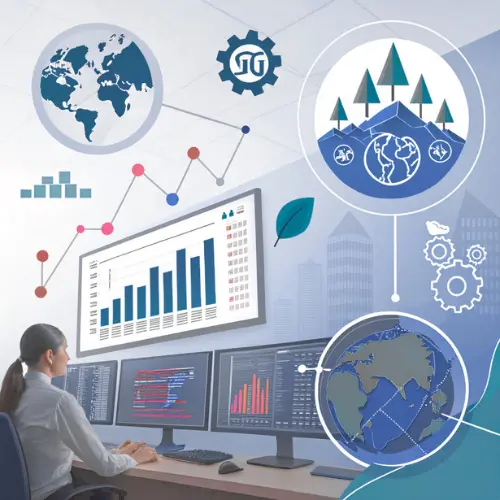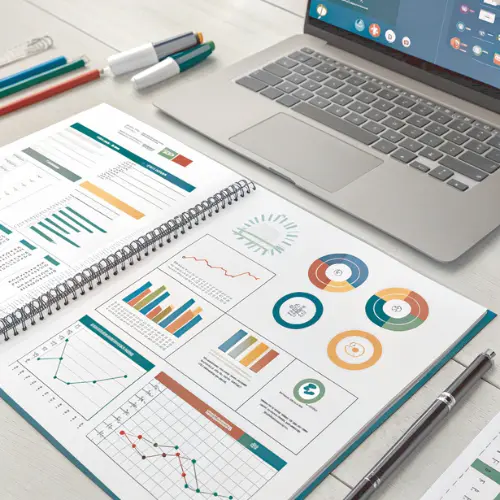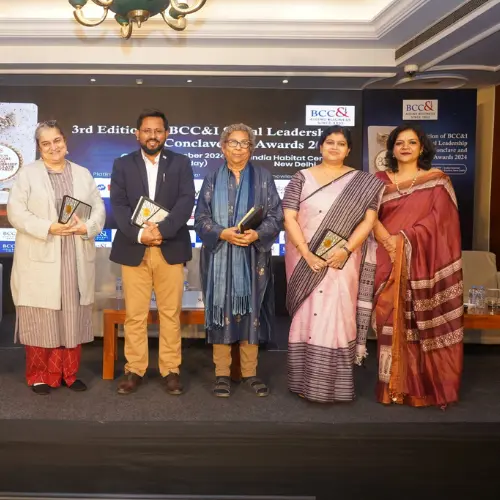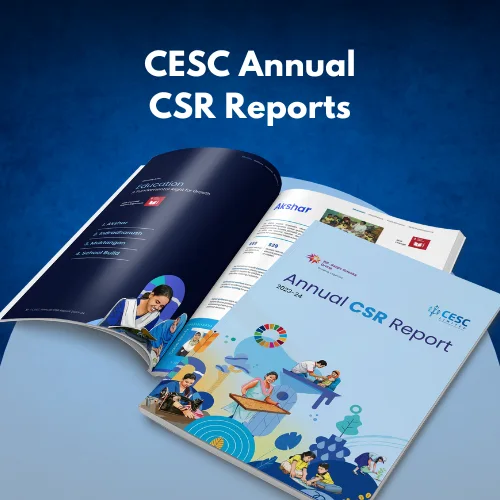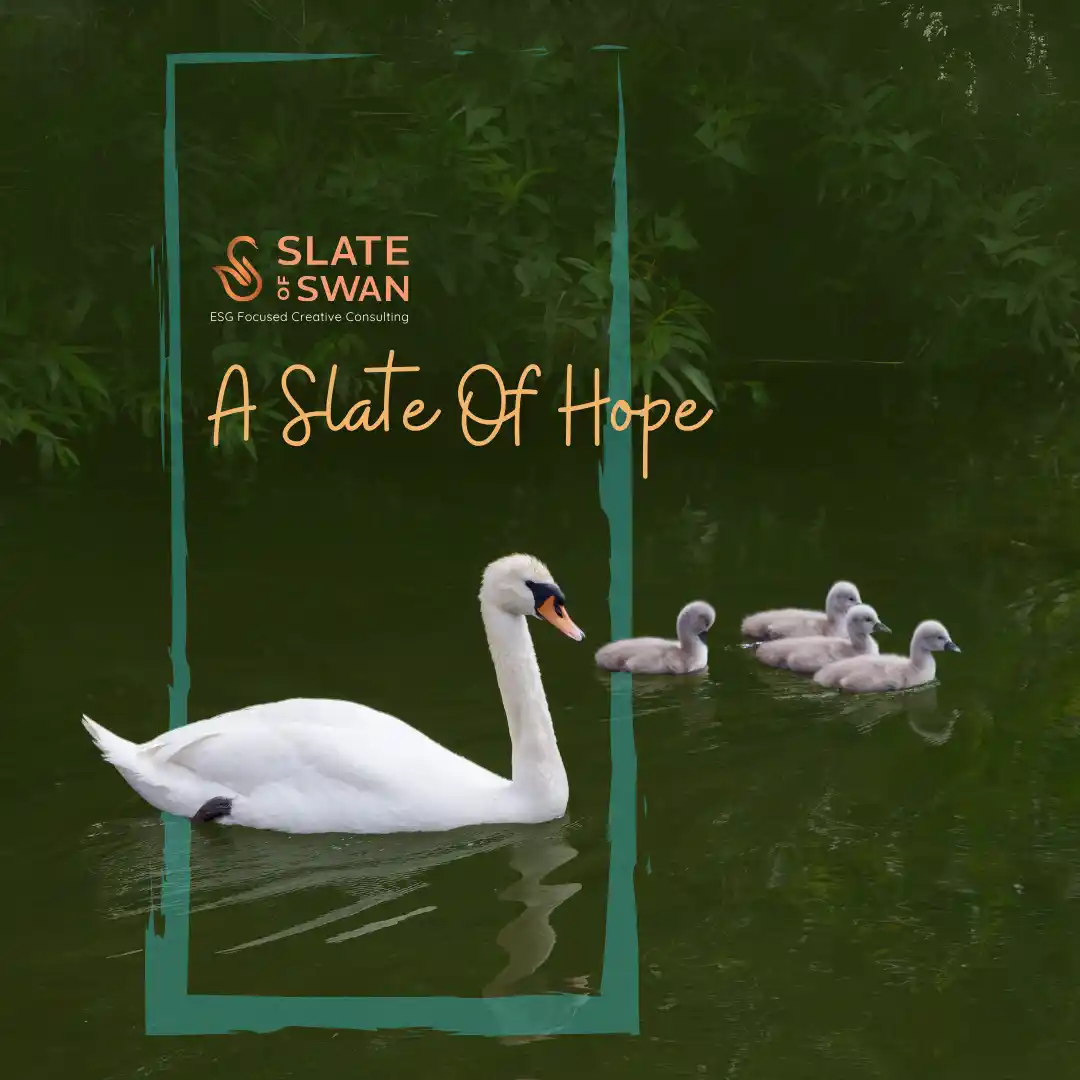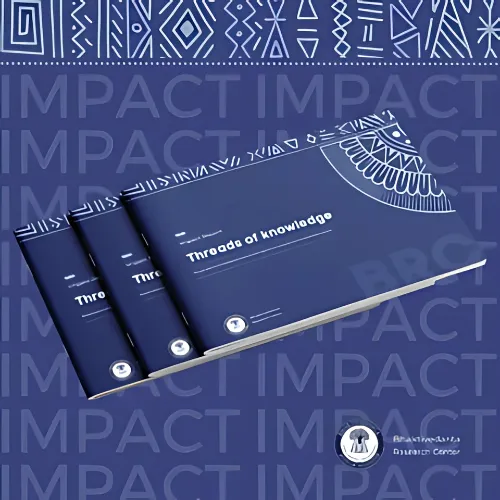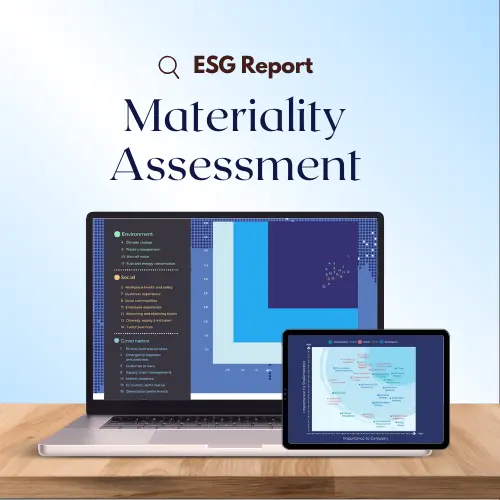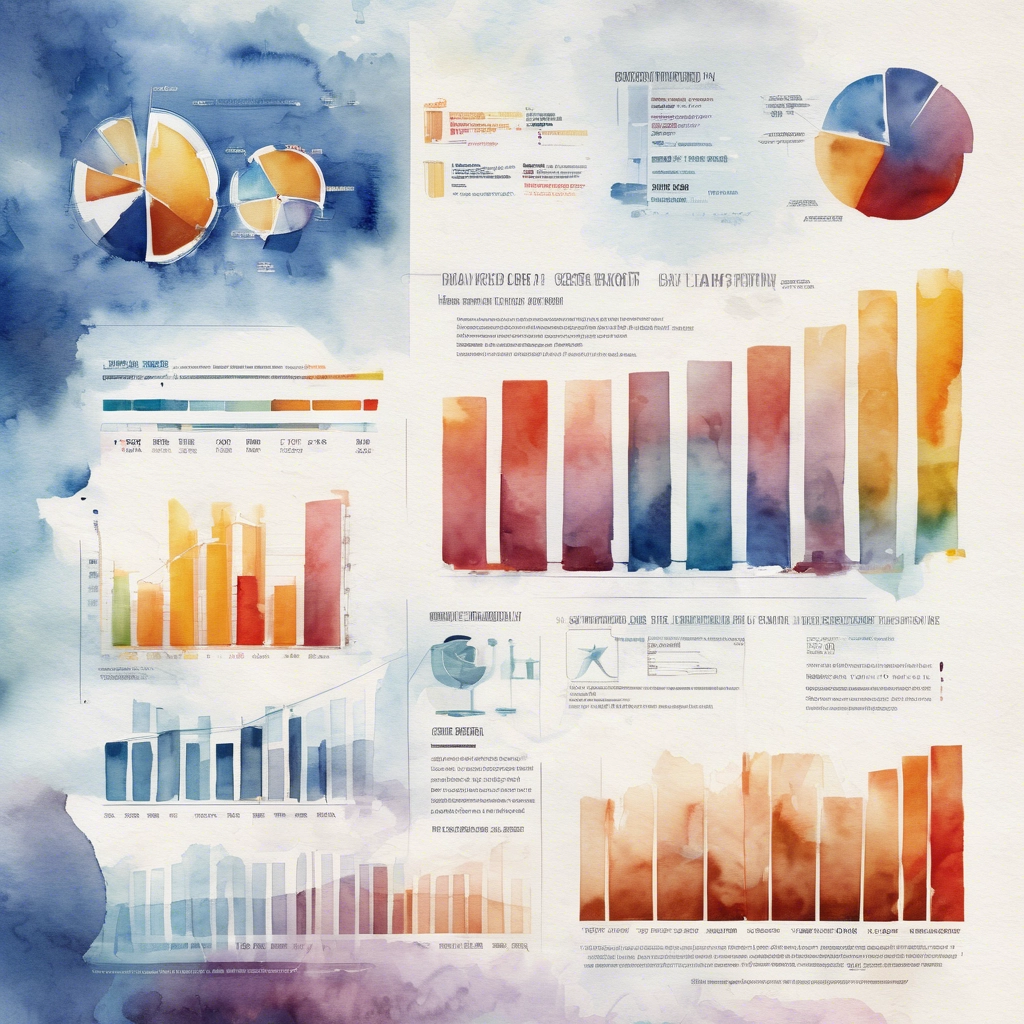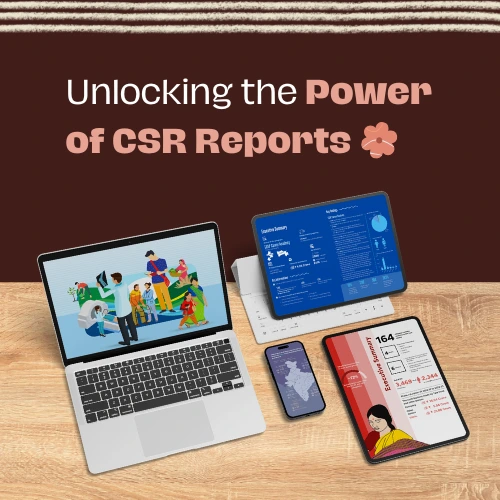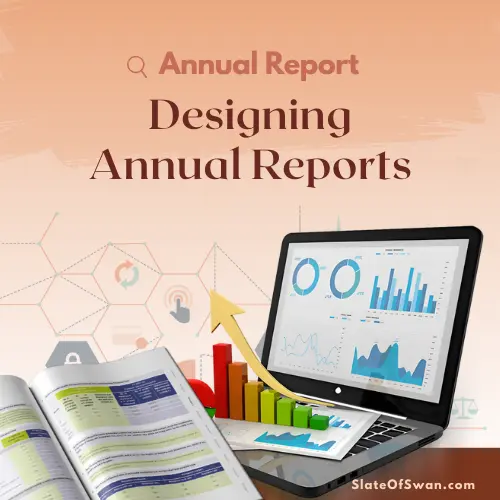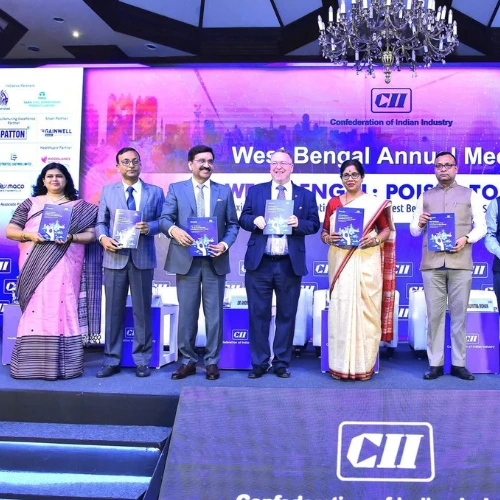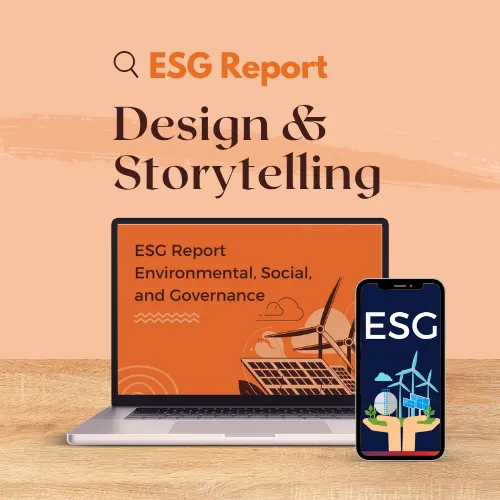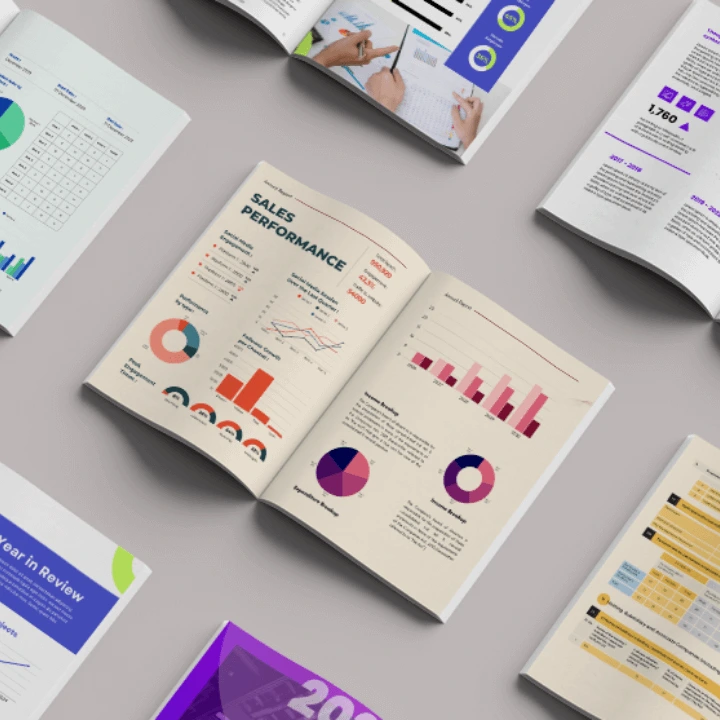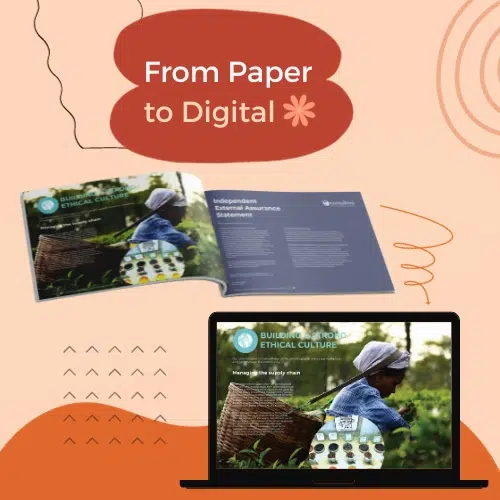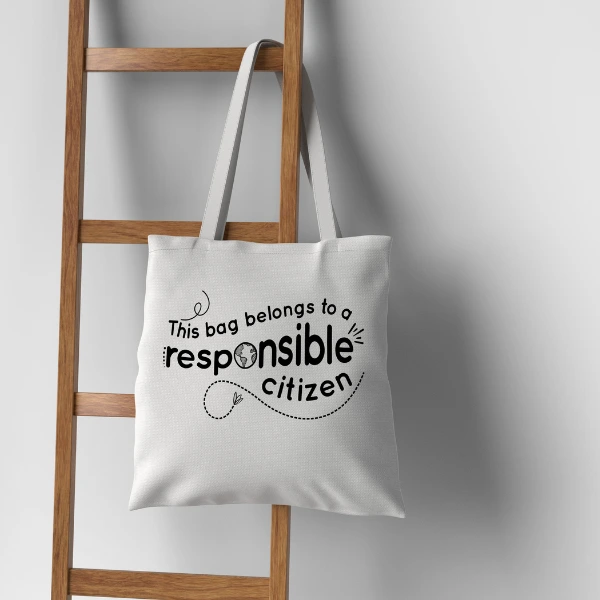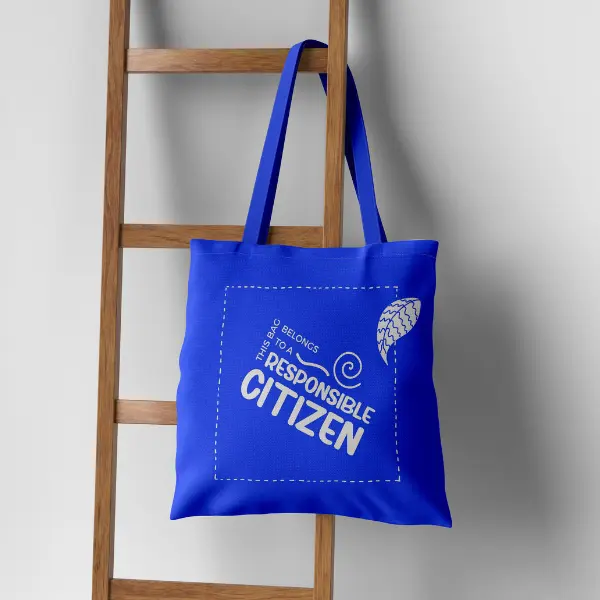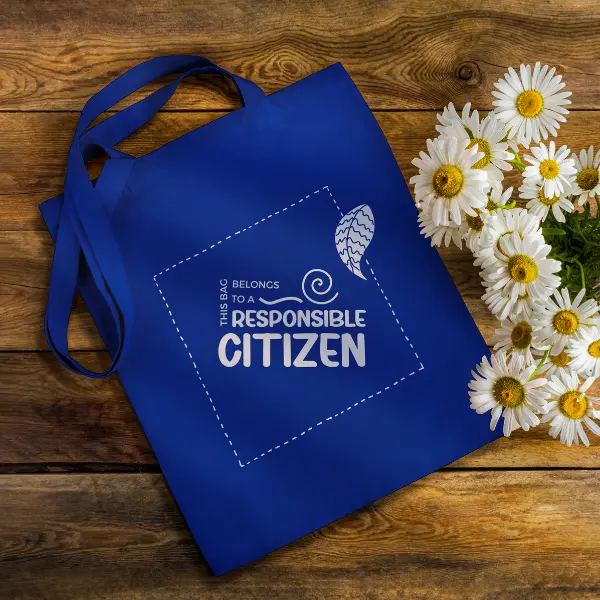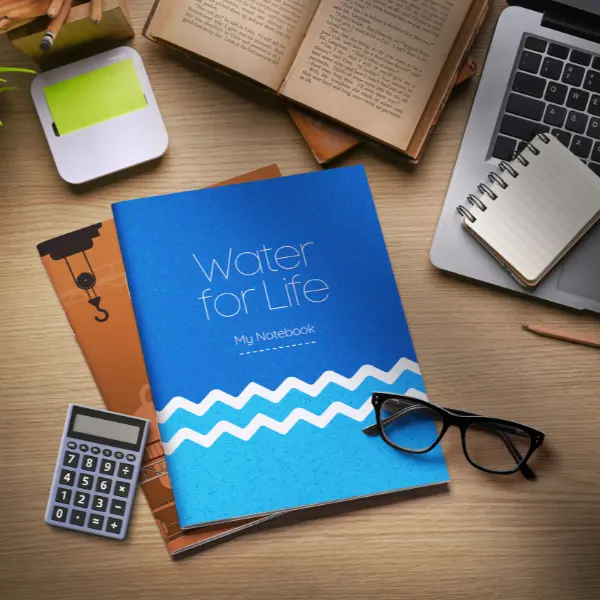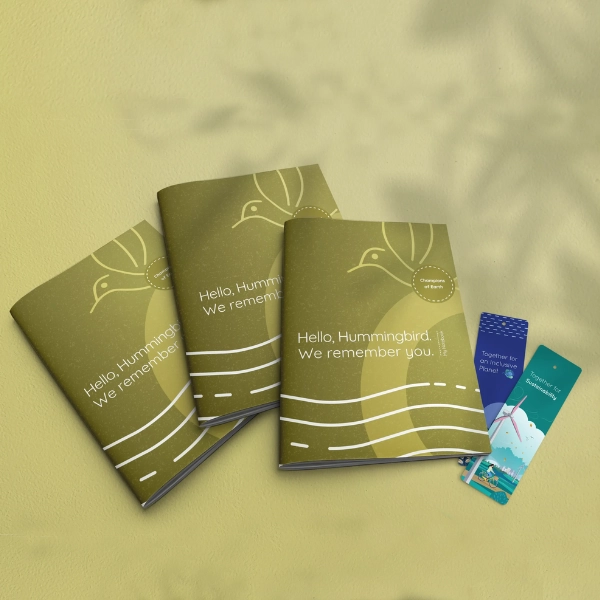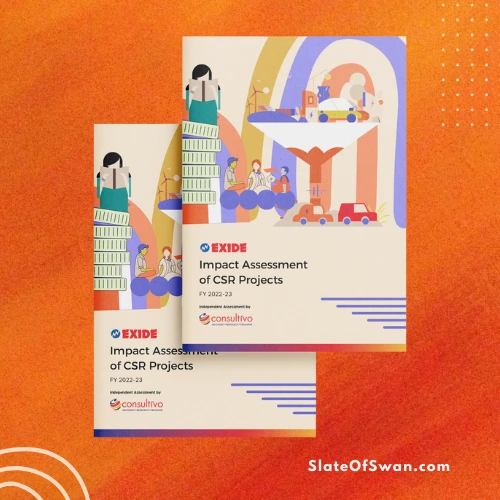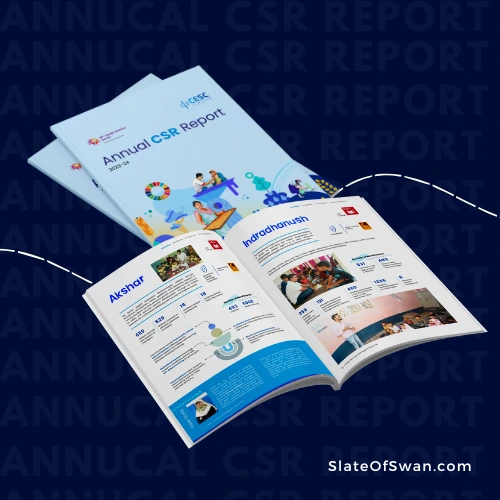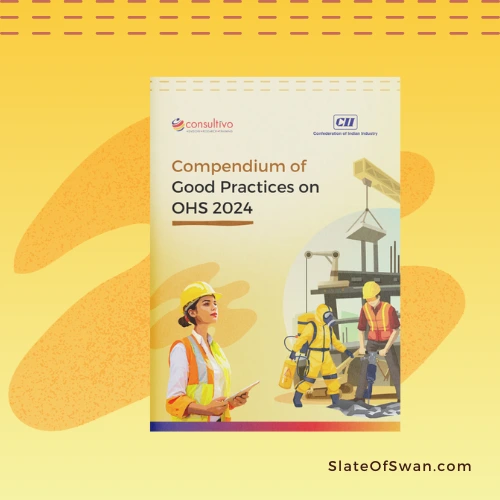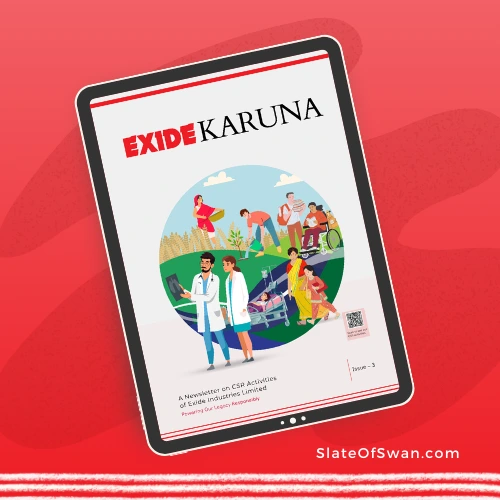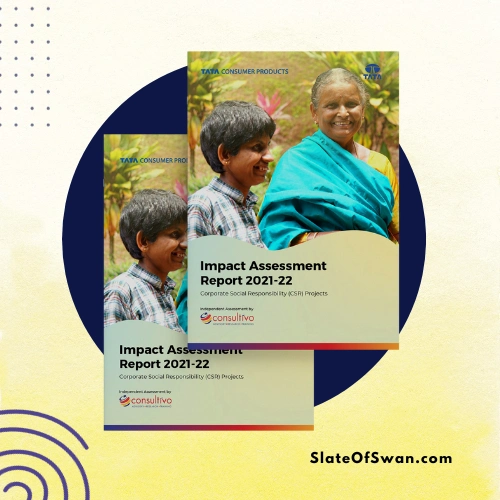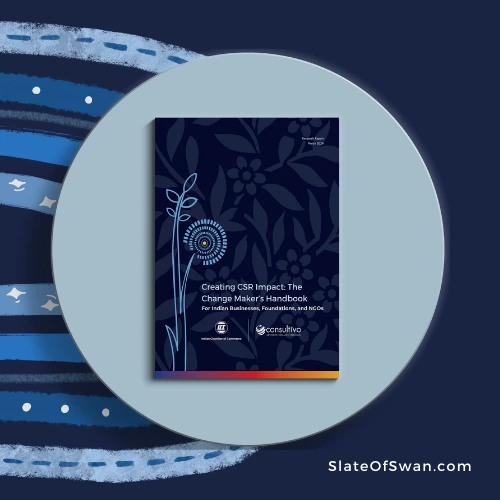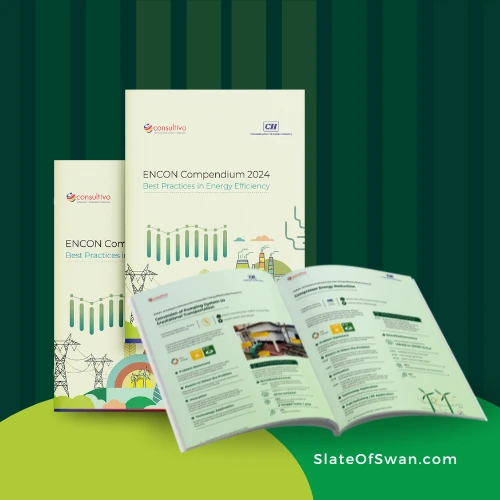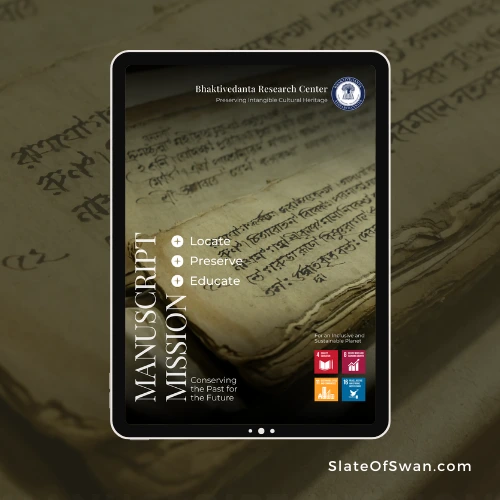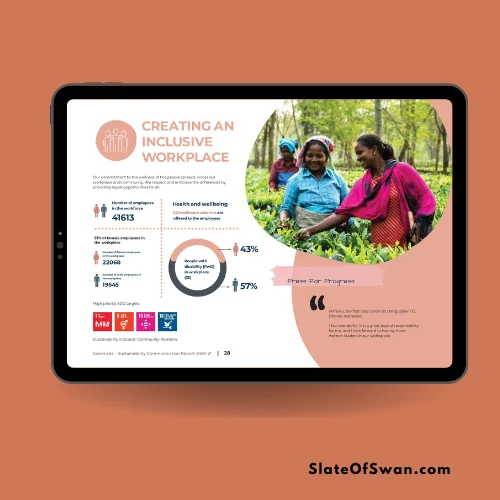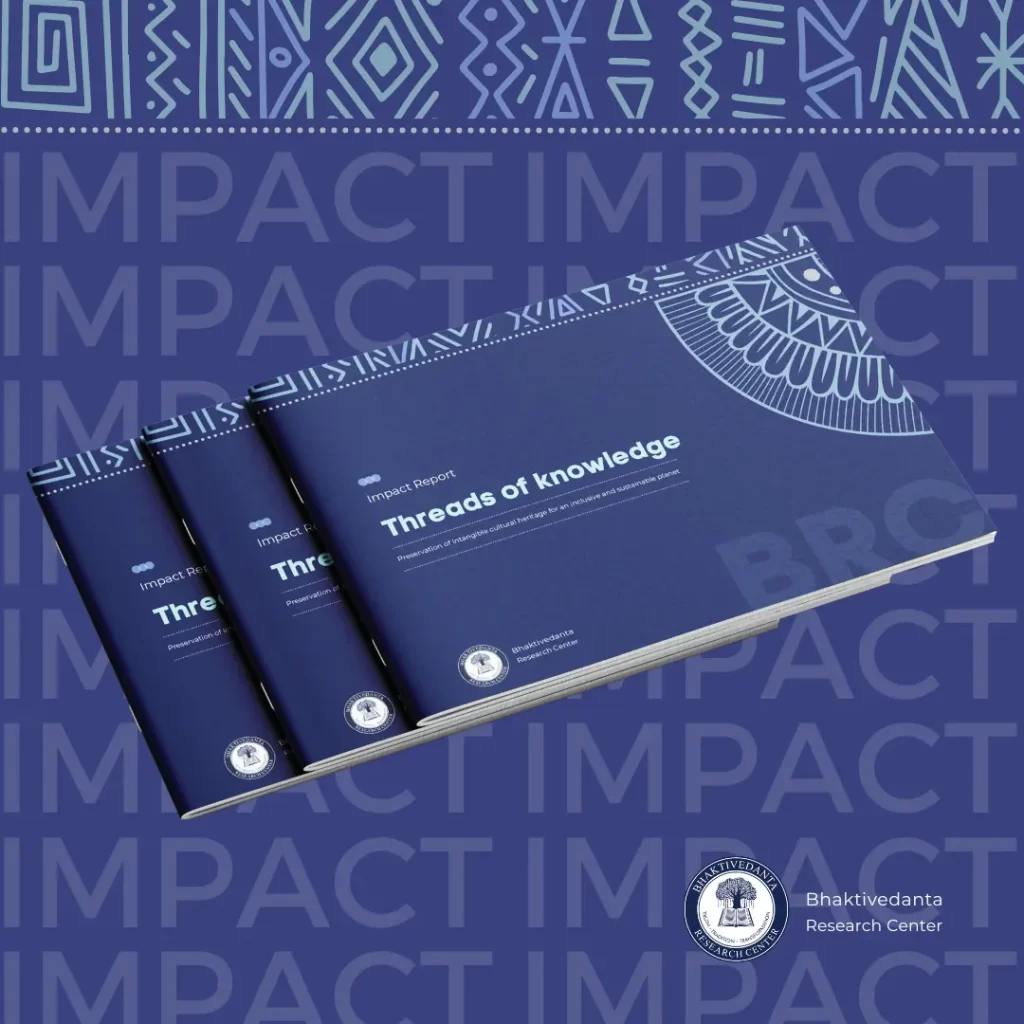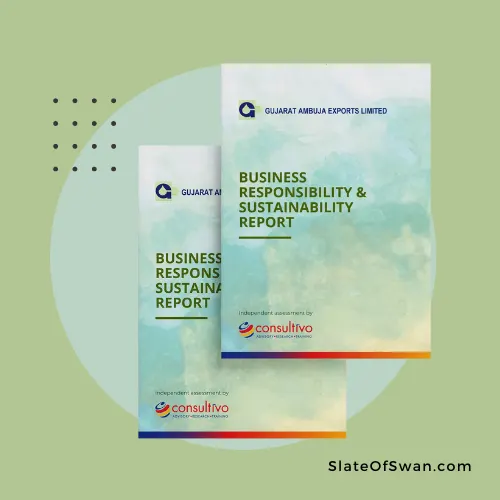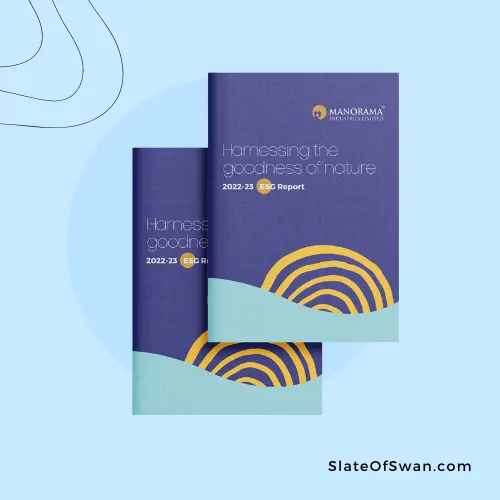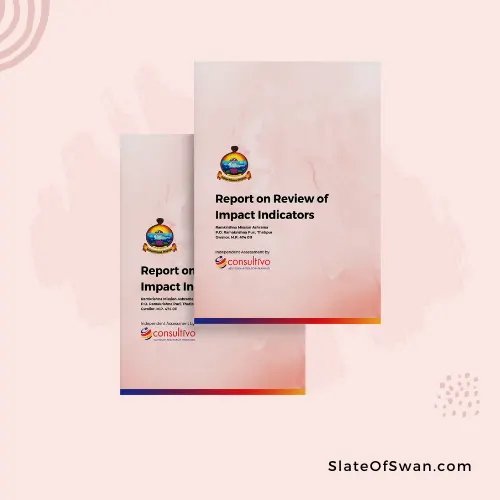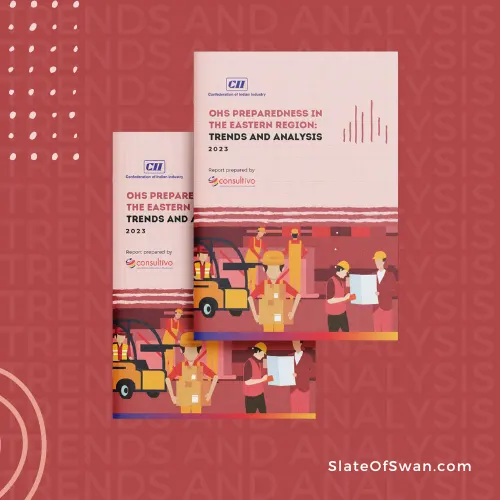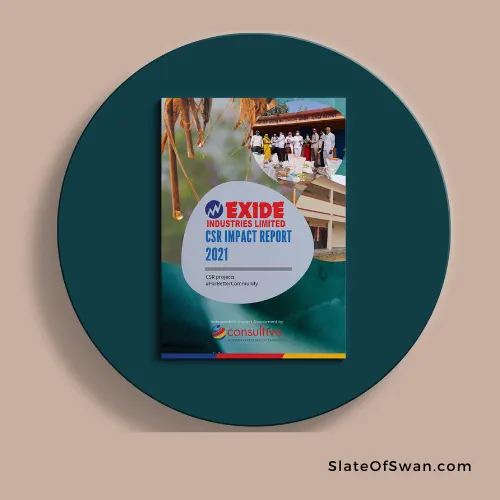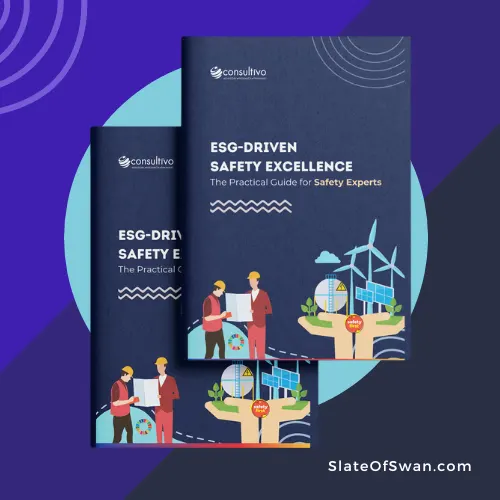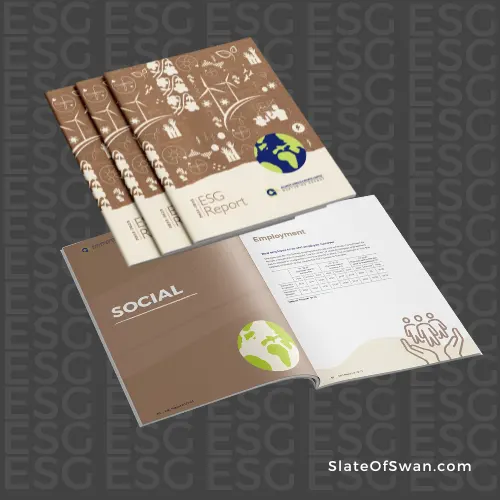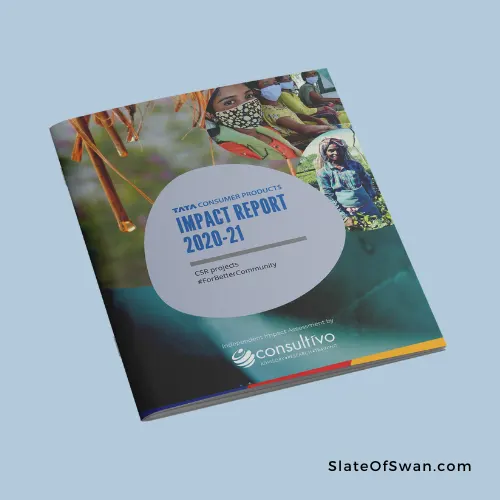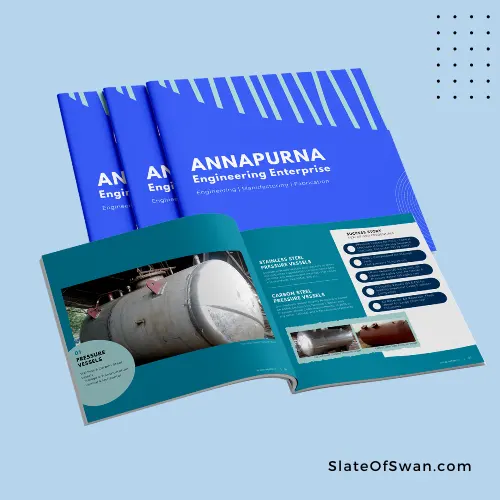From data to dialogue: Craft NGO reports that resonate, inspire, and drive impact.
Why NGO reports matter today
In the world of social change, stories are powerful.
Every NGO report is a story — of hope, of effort, of lives changed.
For a non-profit organization, creating strong NGO reports is essential. These documents do more than record activities; they build trust, showcase impact, and shape the future.
At Slate of Swan, we believe that every NGO deserves to have its story told beautifully and powerfully.
In this guide, we explore everything you need to know about creating impactful NGO reports that resonate with your audience.
Understanding NGO reports: Not just another document
In earlier days, NGO reports were prepared mainly for compliance — documents sent to regulators, donors, or boards.
Today, a good NGO report:
- Tells the story of change
- Builds credibility
- Inspires donations and support
- Creates transparency and accountability
- Acts as a marketing tool for future growth
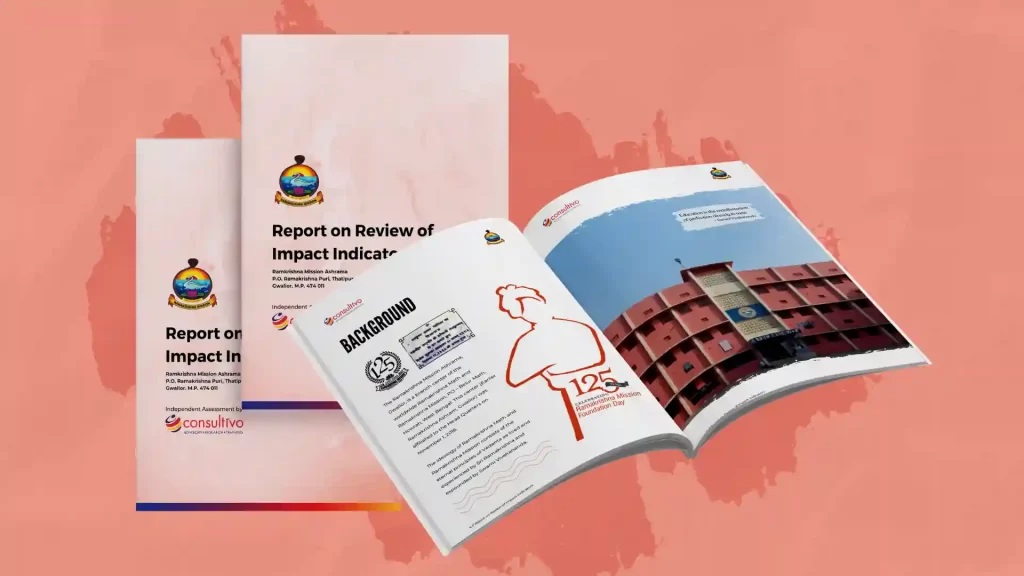
Key elements of good NGO reports
Message from leadership
A heartfelt message from the founder, president, or director sets the emotional tone. It should be personal, sincere, and visionary.
Introduction to governance
Sharing the profiles of trustees and decision-makers adds credibility. Transparency builds trust.
The organizational blueprint
Show your governance structure visually.
Explain how the organization is structured and how decisions are made.
Project and program highlights
Highlight major initiatives through stories, photos, and impact numbers. Not just what you did — show why and how it mattered.
Financial transparency
Provide audited financials, summaries, and visual charts.
Keep it simple and clear for readers who may not be finance experts.
Stories of change in NGO reports
Future vision
Where are you headed next? Outline your goals for the coming year.
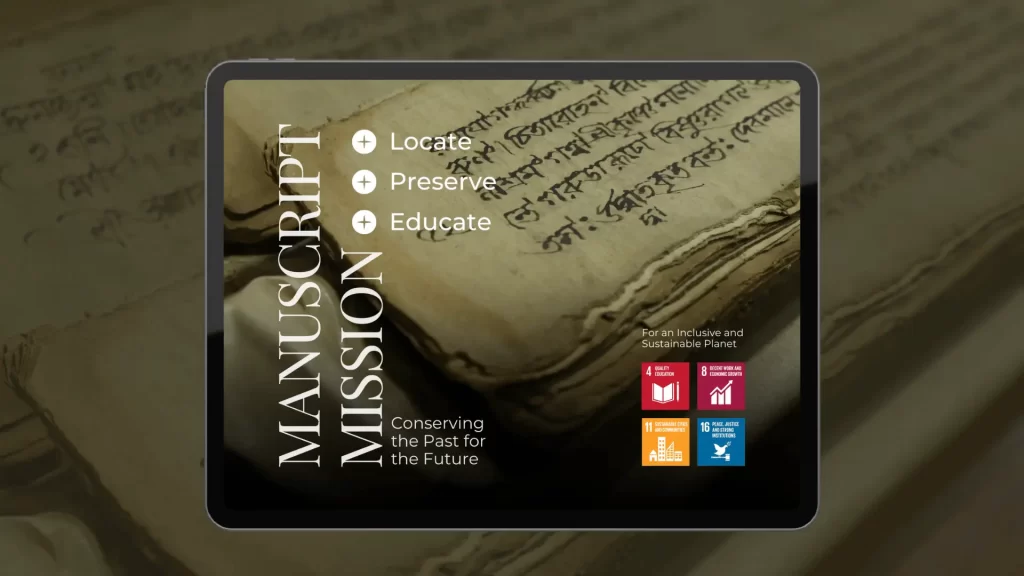
Why NGO reports are critical: 5 core objectives
Build trust through transparency
Sharing complete, clear information about your work and finances reassures stakeholders.
Your NGO report should show you have nothing to hide.
Demonstrate real impact
Instead of listing activities, highlight outcomes.
Show how your work changed lives.
Deepen donor and partner engagement
Donors want to see the difference their support made.
Thank them and show them their impact in your NGO reports.
Strengthen your brand story through NGO reports
Professional NGO reports build a strong brand.
Your visuals, language, and tone should reflect your values.
Inspire future support
An engaging NGO report can attract new donors, volunteers, and partners.

Best practices for crafting memorable NGO reports
Tell stories, not just statistics
Offer both downloadable PDFs and web-optimized digital versions.
This extends your reach to global supporters.
Use clean, visual layouts
Infographics, timelines, and simple graphs make information easier to digest.
Check out examples of clean designs at NGO annual report sample projects.
Write simply and clearly
Include a call to action (CTA)
Make NGO reports accessible
Offer both downloadable PDFs and web-optimized digital versions.
This extends your reach to global supporters.
The importance of NGO annual reports
What is an NGO annual report?
An NGO annual report summarizes an organization’s activities, financials, impact stories, and future goals for the year.
It is a key piece of communication for NGOs of all sizes.
Annual reports are important because they:
- Build public trust
- Fulfill legal and donor requirements
- Document and celebrate achievements
Learn how Slate of Swan creates world-class NGO annual reports that empower non-profits to tell their story with pride.
What to include in annual NGO reports?
- President’s message
- Mission and vision statement
- Highlights of the year
- Major program updates
- Financial summary
- Donor recognition
- Future plans
- Call to action
For ideas, check out our work on not for profit annual reports and non profit annual reports.
Standard annual NGO report formats
While every NGO is unique, a basic NGO annual report format includes:
- About the organization
- Governance and leadership
- Programs and activities
- Financial health
- Testimonials and stories
- Looking ahead
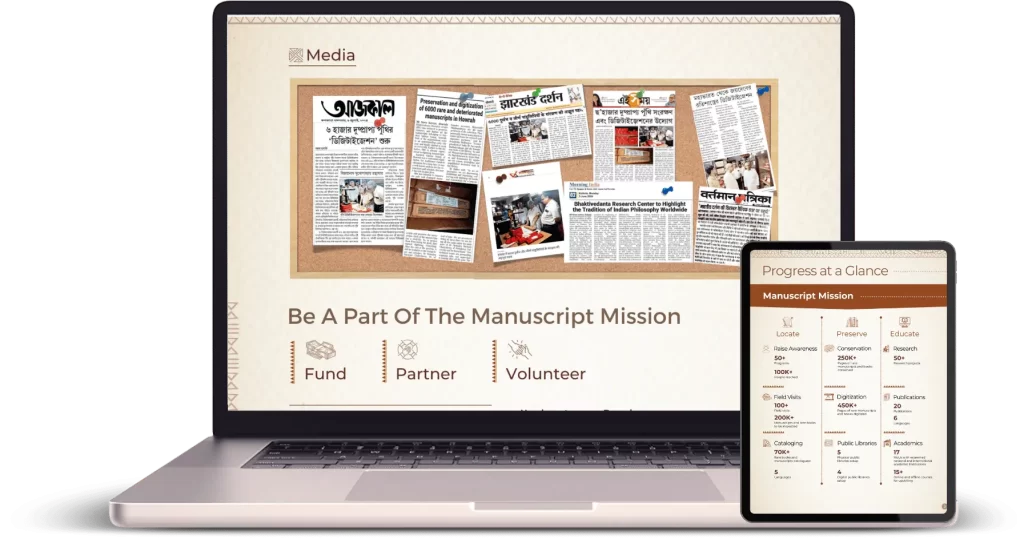
Trends shaping the future of NGO reports
Digital-first reporting
More NGOs are moving away from print-only reports.
Interactive websites, mobile-friendly PDFs, and e-reports are becoming common.
Micro storytelling
Instead of long paragraphs, reports now use short stories, quotes, and snapshots.
Real-time updates
Some NGOs are experimenting with live updating dashboards instead of annual reporting only.
Data visualization
Infographics, dynamic charts, and easy-read layouts are critical to maintaining reader interest.
Common pitfalls to avoid in NGO reports
- Overloading with technical data
- Using heavy jargon
- Lack of emotional connection
- Poor visual quality
- Ignoring financial transparency
- No CTA to engage readers
If your NGO reports avoid these traps, you are already ahead of most organizations.

Make your next NGO report count
A great NGO report isn’t just a document.
It’s your voice.
It’s your proof.
It’s your invitation for the world to believe in you.
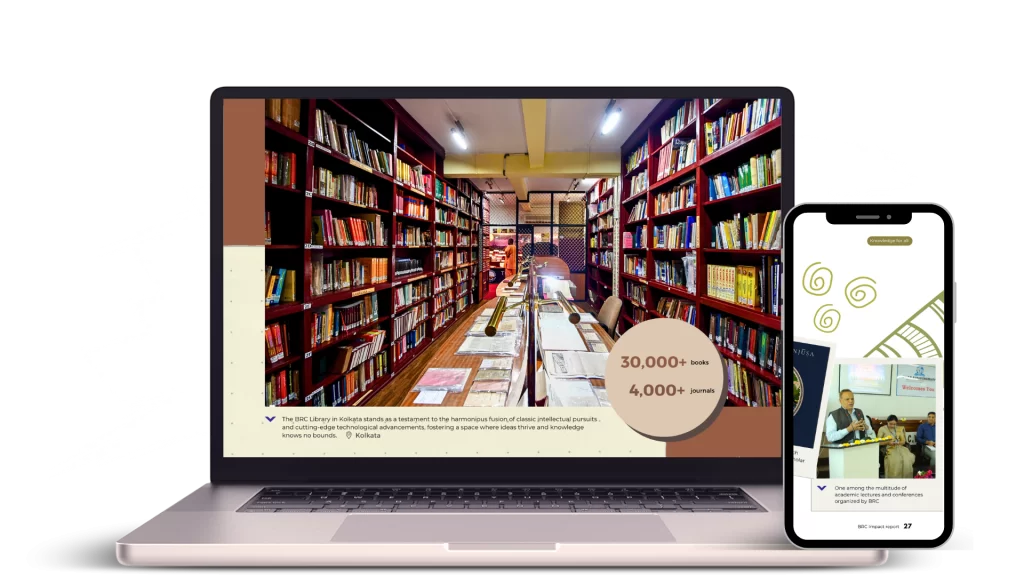
At Slate of Swan, we specialize in creating NGO annual reports and report on NGO project that celebrate your achievements, inspire action, and build lasting support.
Want your next NGO report to be a masterpiece?
- Let's talk today.

Schedule a call
Share this post
Related insights
news-events


